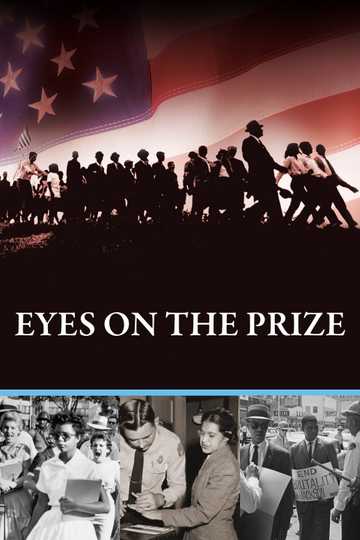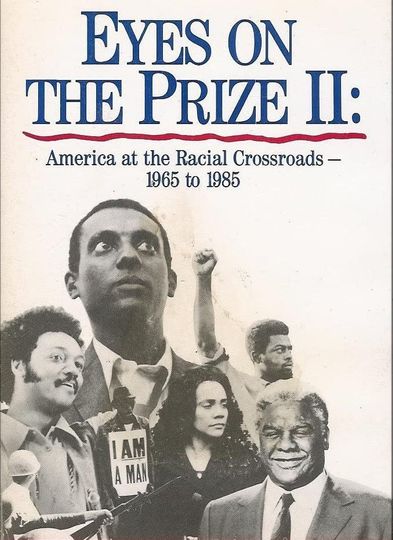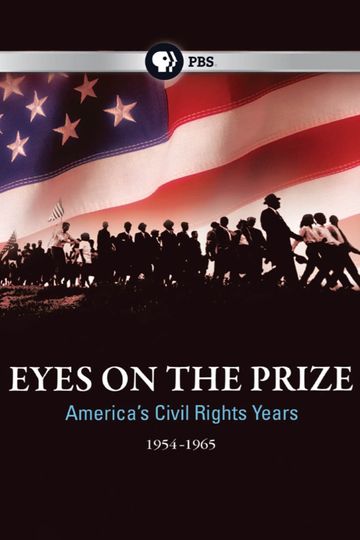America's Civil Rights Years 1954–1965 Plot
The first season of this Civil Rights documentary chronicles the time period between the United States Supreme Court ruling Brown v. Board of Education in 1954 to the Selma to Montgomery marches of 1965.
Eyes on the Prize America's Civil Rights Years 1954–1965 aired on January 21st, 1987.
Watch 'Eyes on the Prize' America's Civil Rights Years 1954–1965 Online

America's Civil Rights Years 1954–1965 Episodes
1. Awakenings, 1954-1956
Individual acts of courage inspire black Southerners to fight for their rights: Mose Wright testifies against the white men who murdered young Emmett Till, and Rosa Parks refuses to give up her bus seat to a white man in Montgomery, Alabama.
2. Fighting Back, 1957-1962
States' rights loyalists and federal authorities collide in the 1957 battle to integrate Little Rock's Central High School, and again in James Meredith's 1962 challenge to segregation at the University of Mississippi. Both times, a Southern governor squares off with a U.S. president, violence erupts -- and integration is carried out.
3. Ain't Scared of Your Jails, 1960-1961
Black college students take a leadership role in the civil rights movement as lunch counter sit-ins spread across the South. "Freedom Riders" also try to desegregate interstate buses, but they are brutally attacked as they travel.
4. No Easy Walk, 1962-1966
The civil rights movement discovers the power of mass demonstrations as the Rev. Martin Luther King, Jr. emerges as its most visible leader. Some demonstrations succeed; others fail. But the triumphant March on Washington, D.C., under King's leadership, shows a mounting national support for civil rights. President John F. Kennedy proposes the Civil Rights Act.
5. Mississippi, Is This America, 1962-1964
Mississippi's grass-roots civil rights movement becomes an American concern when college students travel south to help register black voters and three activists are murdered. The Mississippi Freedom Democratic Party challenges the regular Mississippi delegation at the Democratic Convention in Atlantic City.
6. Bridge to Freedom, 1965
A decade of lessons is applied in the climactic and bloody march from Selma to Montgomery, Alabama. A major victory is won when the federal Voting Rights Bill passes, but civil rights leaders know they have new challenges ahead.










































